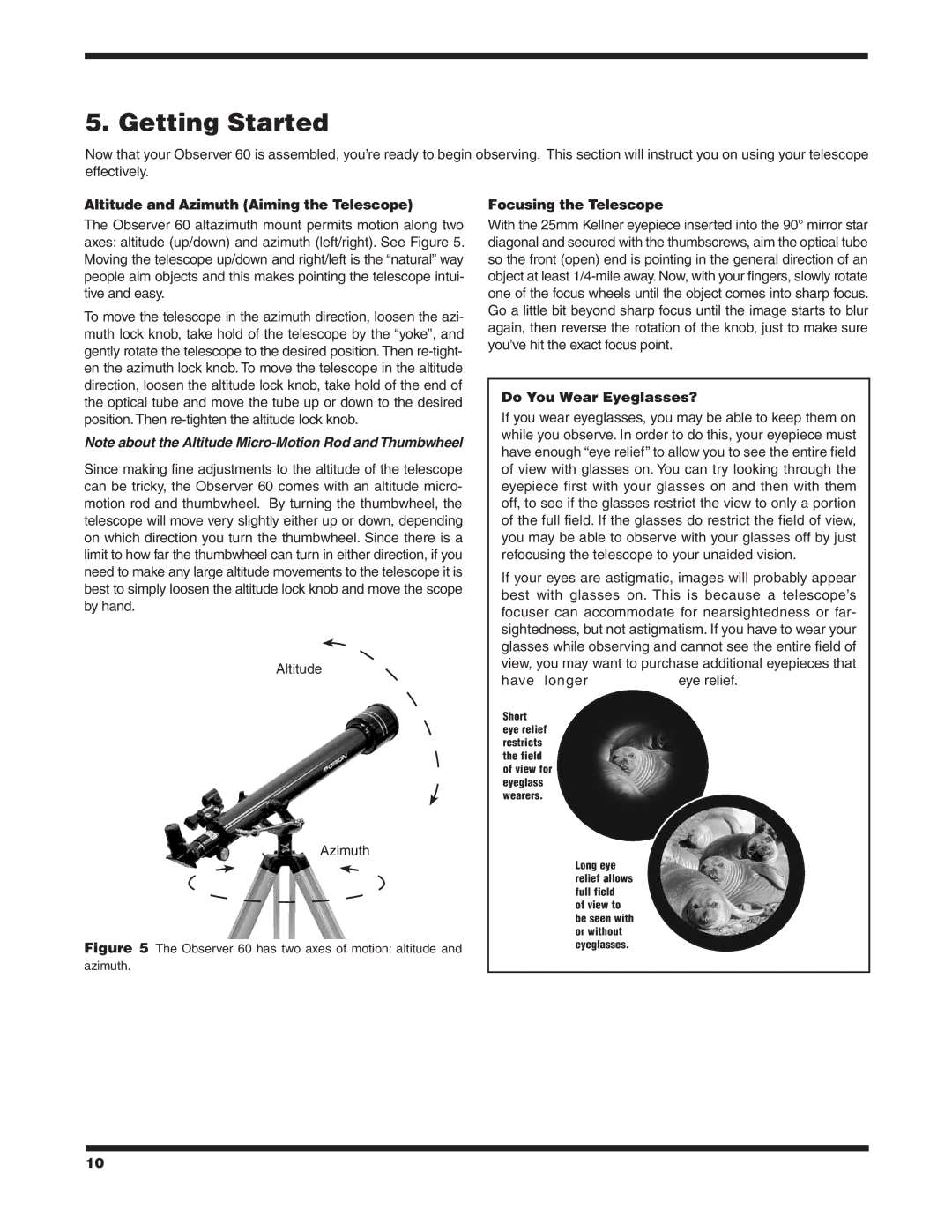9854 specifications
The Orion 9854 is a sophisticated machine that has carved a niche for itself in various industrial applications, particularly due to its advanced technology and robust characteristics. This multi-functional device is designed to meet the growing demands of modern enterprises seeking efficiency and productivity.One of the standout features of the Orion 9854 is its powerful processing capability. Equipped with a high-performance processor, it can handle complex tasks with ease, ensuring that operations run smoothly and without interruptions. This makes it ideal for environments where time is of the essence, such as manufacturing, logistics, and data processing.
In terms of technology, the Orion 9854 employs state-of-the-art software that enhances its operational capabilities. The intuitive user interface allows for easy navigation and configuration, enabling users to quickly adapt the device to meet their specific needs. Additionally, the integration of machine learning algorithms provides predictive analytics, allowing users to make data-driven decisions that optimize performance and resource management.
The rugged design of the Orion 9854 ensures durability and reliability in challenging industrial environments. Built with high-quality materials, it can withstand extreme temperatures, dust, and moisture, making it suitable for both indoor and outdoor applications. This resilience translates into lower maintenance costs and longer operational lifespans, adding significant value for users.
Connectivity is another critical aspect of the Orion 9854. It supports various communication protocols, allowing seamless integration with existing systems and networks. The device can connect to IoT platforms, enabling real-time data exchange and remote monitoring. This connectivity facilitates enhanced collaboration and streamlines workflows across different departments within an organization.
Moreover, the Orion 9854 features expandable memory and storage options, which allow businesses to scale their operations according to growth and changing demands. This flexibility is particularly beneficial in fast-paced industries where adaptability is key to staying competitive.
In conclusion, the Orion 9854 stands out for its advanced processing capabilities, cutting-edge technology, and durable design. With its emphasis on connectivity and scalability, it is a powerful tool that can drive efficiency and innovation across various sectors. Organizations investing in the Orion 9854 can expect to improve productivity, reduce operational costs, and enhance overall performance, positioning themselves for future success.

